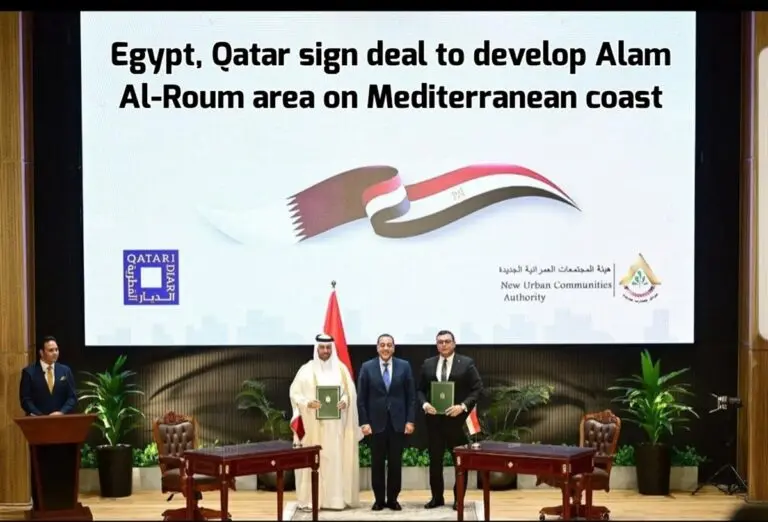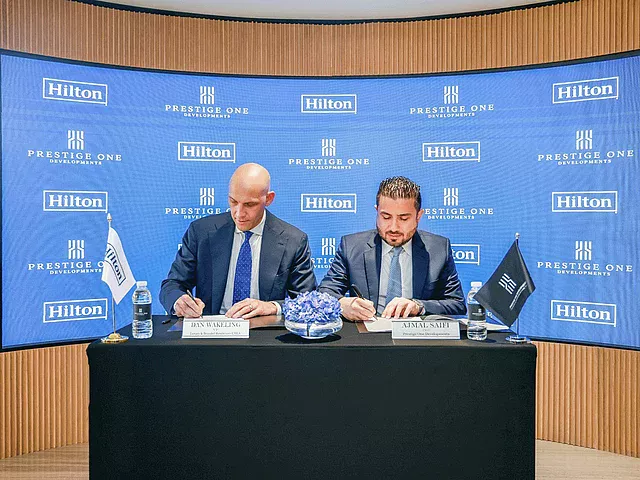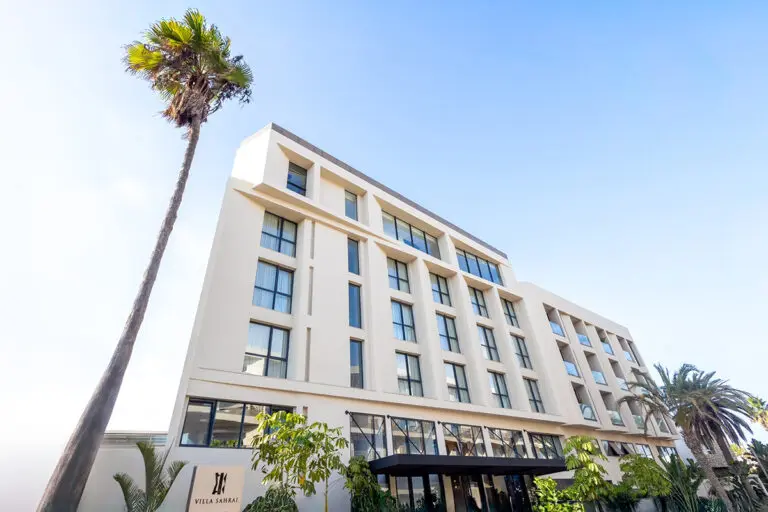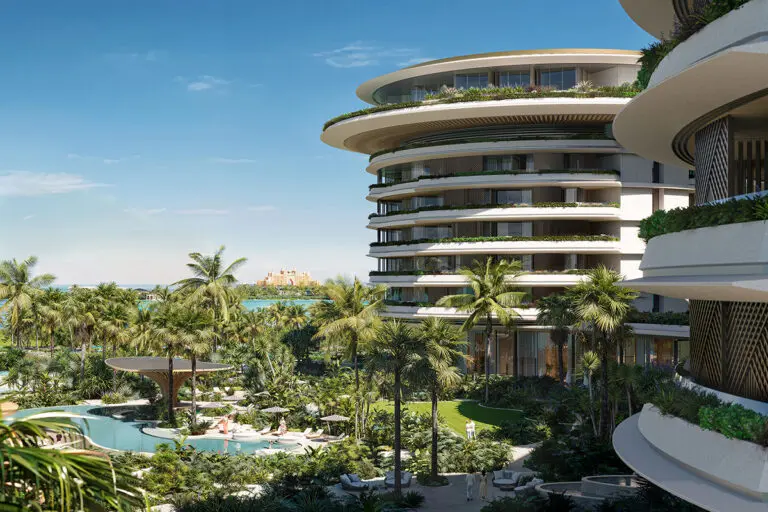Saudi Arabia’s commercial property market continues to demonstrate underlying strength but is transitioning into a more balanced growth phase, according to the latest RICS Global Commercial Property Monitor released on November 7, 2025.
The Commercial Property Sentiment Index (CPSI) for the Kingdom recorded +9 in Q3 2025, down significantly from its 12-month average of +22. The moderation reflects a natural consolidation following years of rapid expansion, as new supply enters the market and investors adjust to evolving regulatory frameworks.
Office Sector Leads Activity
Office demand remains the strongest driver, with a net balance of +50 per cent, while industrial and retail sectors registered growth of +23 per cent and +8 per cent respectively. However, 60 per cent of survey respondents reported increased leasable space availability—a sign that development initiatives and regulatory changes are beginning to ease market constraints.
Rental growth expectations are moderating across all segments. Prime office rents are forecast to rise approximately 3 per cent annually, while prime industrial and retail rents are expected to grow marginally above 1 per cent. Despite these slower projections, investor sentiment remains resilient, with enquiries rising across all three sectors and a net balance of +40 per cent reflecting sustained confidence in Saudi assets.
Regulatory Impact
The introduction of a five-year rent cap for commercial and residential properties in Riyadh has significantly influenced market sentiment. This policy, designed to stabilise tenant costs, is prompting investors to revise rental growth assumptions and adjust long-term investment strategies. Similar regulatory measures across the GCC reflect broader efforts toward market sustainability—the UAE commercial property market also demonstrated strong momentum in Q3 2025 with a +34 sentiment index, though reflecting different market dynamics.
Pricing concerns have also emerged. Fifty per cent of respondents now view market pricing as above fair value, signalling increased caution around long-term affordability and price sustainability. Liquidity constraints persist in some regional markets outside the capital, potentially limiting transaction activity.
Long-Term Optimism Remains
Mohamed Moussa, Vice Chair of the RICS Saudi Arabia Board, stated:
“The Kingdom’s commercial property market continues to show underlying strength, but the data points to a natural stabilisation following a period of rapid expansion. This moderation is not indicative of a downturn, but rather a rebalancing as supply, regulation, and demand trends align.”
Moussa emphasised that the evolving regulatory environment supports “long-term market stability and sustainable diversification,” laying groundwork for greater institutional investment. Analysts expect the Saudi property market to regain momentum in 2026 as Vision 2030 projects advance and regulatory frameworks become clearer. The Kingdom’s commitment to economic diversification continues to support real estate fundamentals, particularly in mixed-use and commercial segments aligned with national development objectives.
The market stabilisation reflects broader regional trends. Saudi Arabia’s REIT market is poised for significant growth with landmark regulatory reforms and easing foreign ownership restrictions expected in 2026, potentially creating new investment channels in the commercial property sector.







